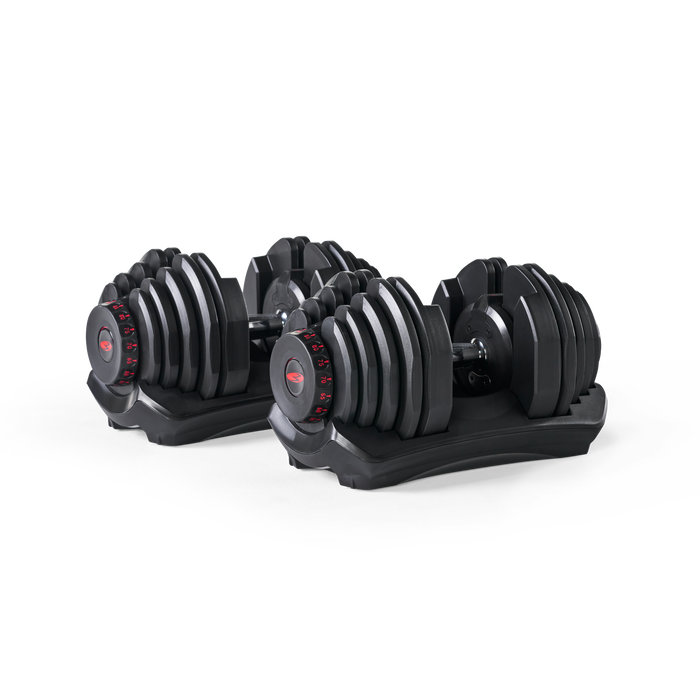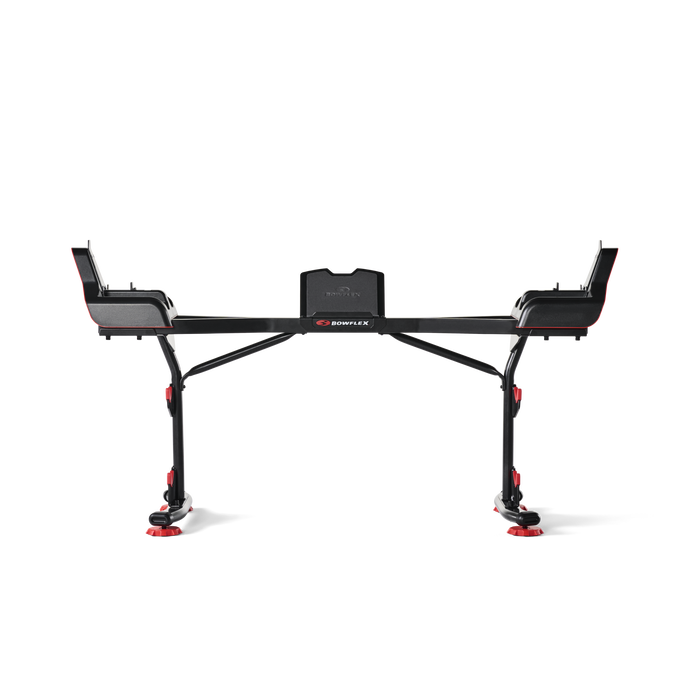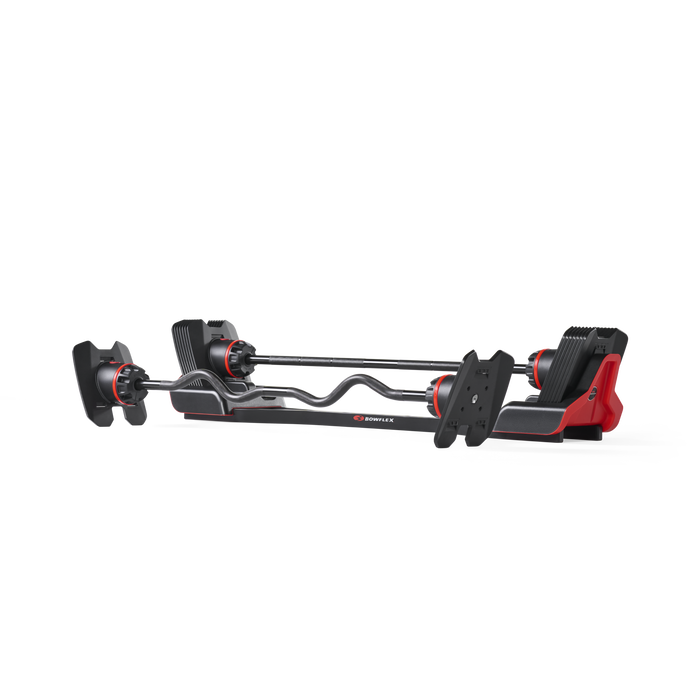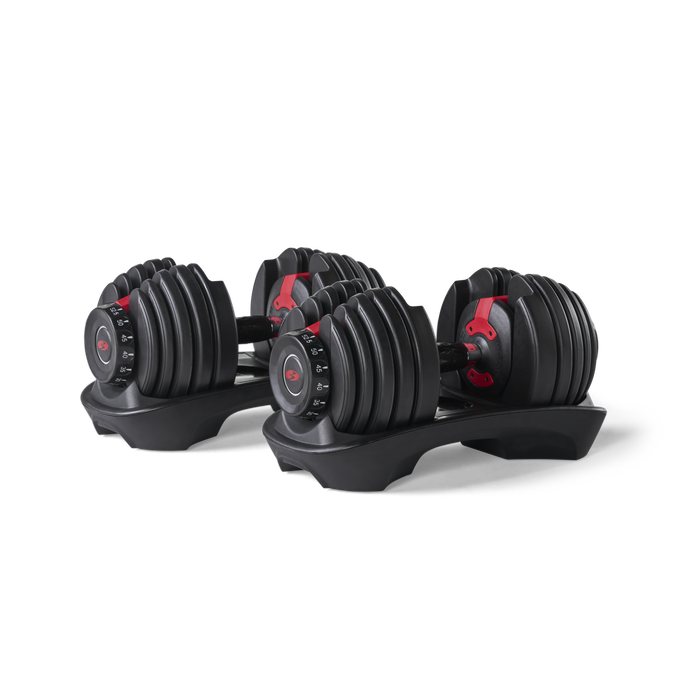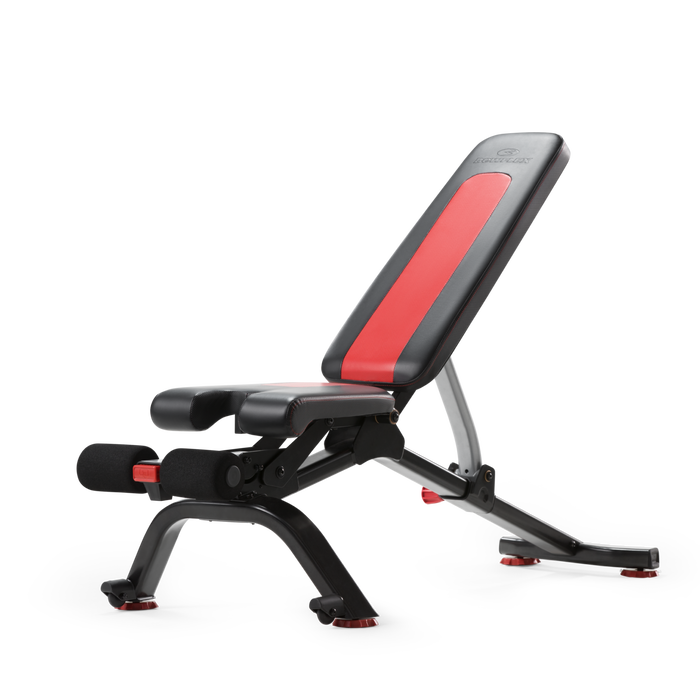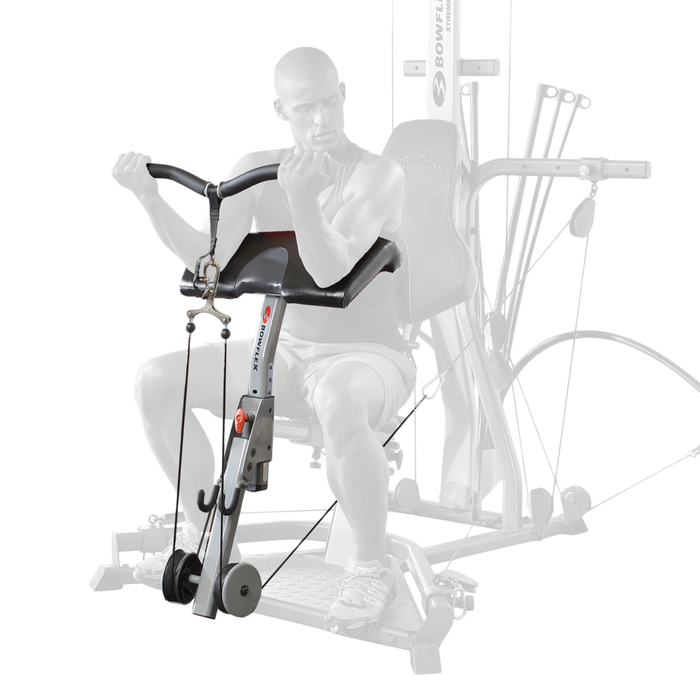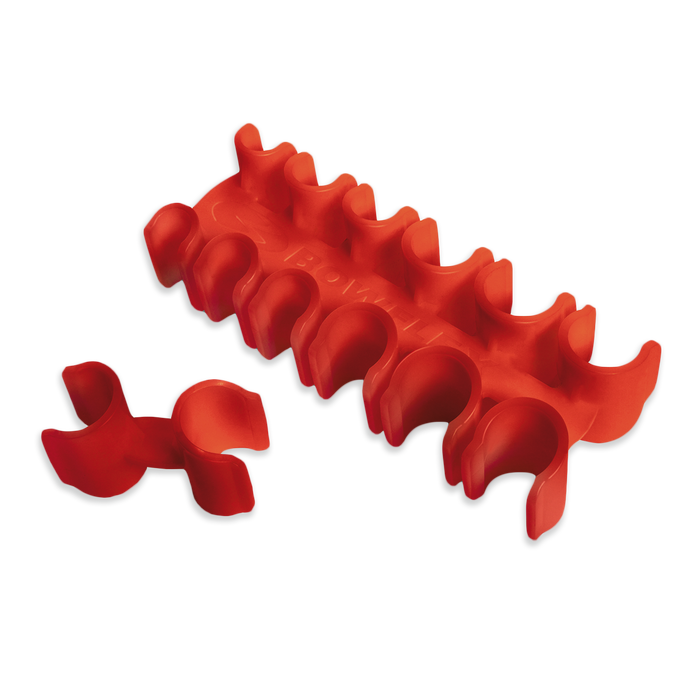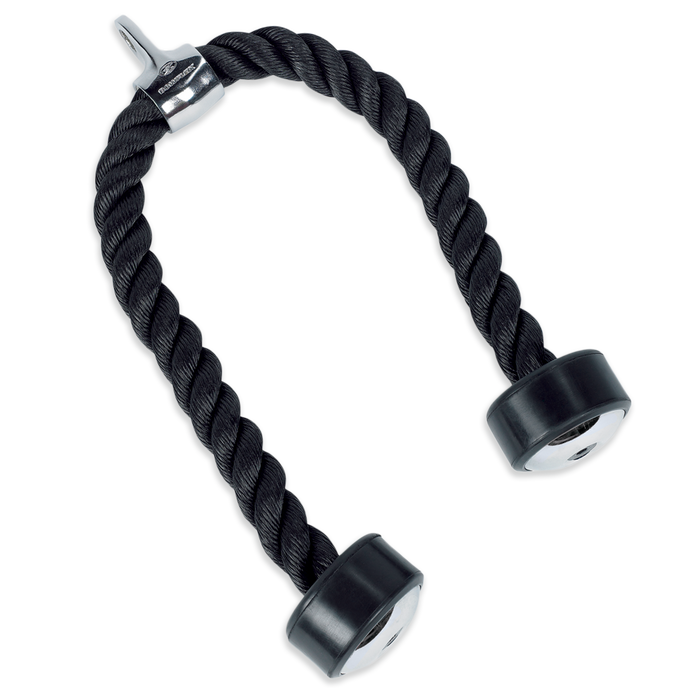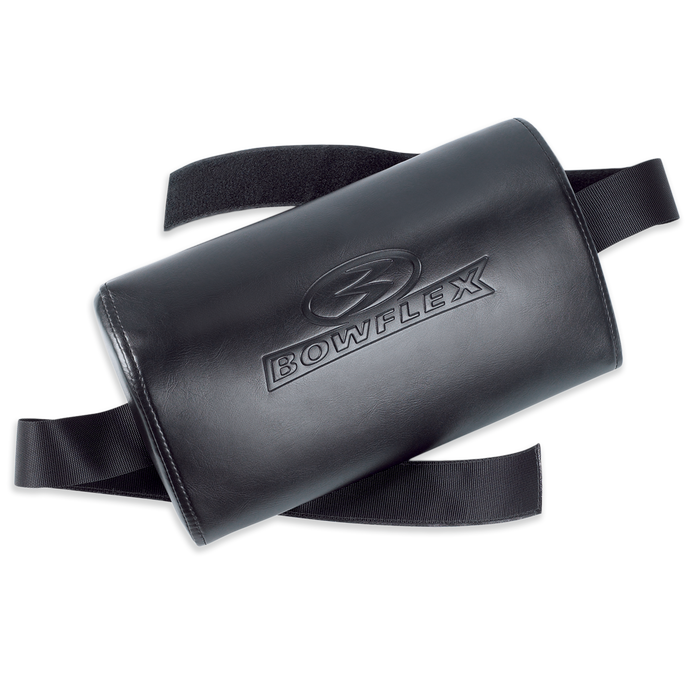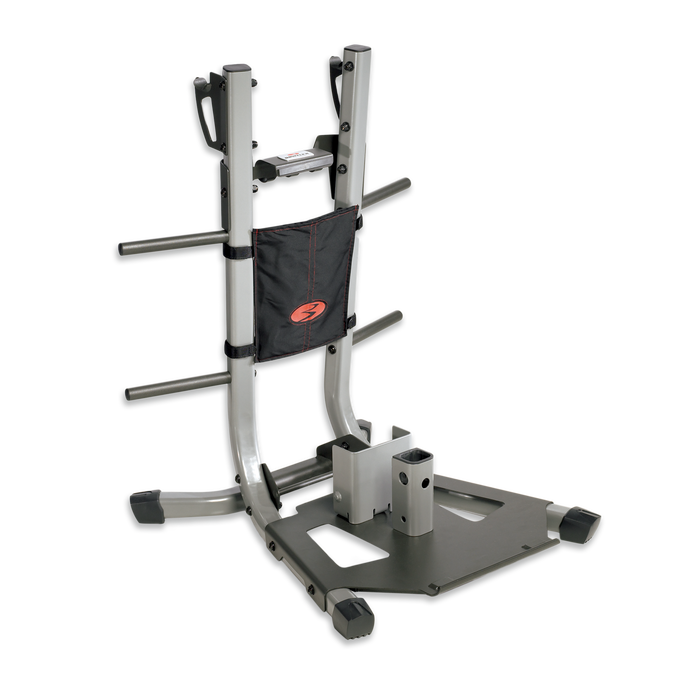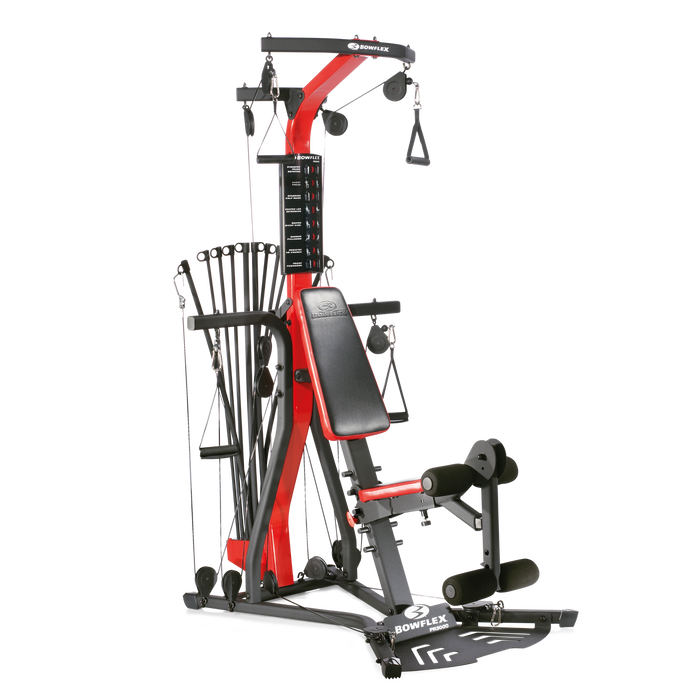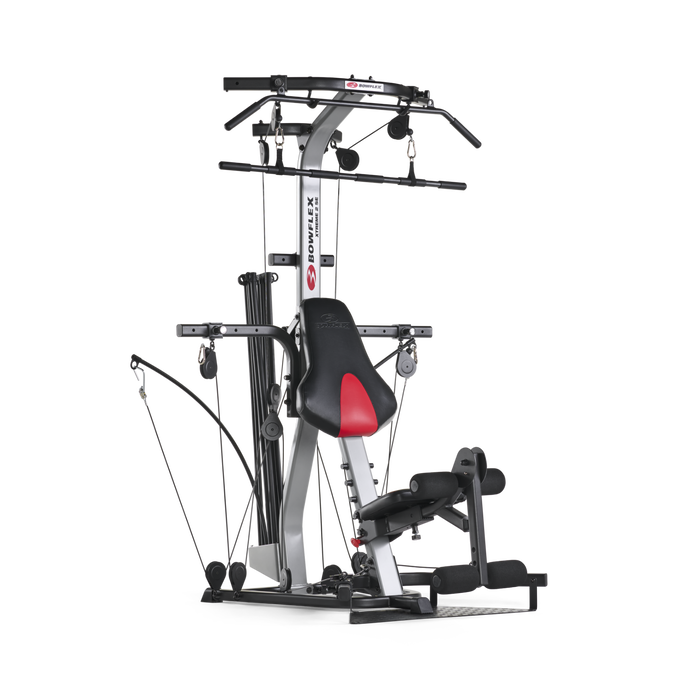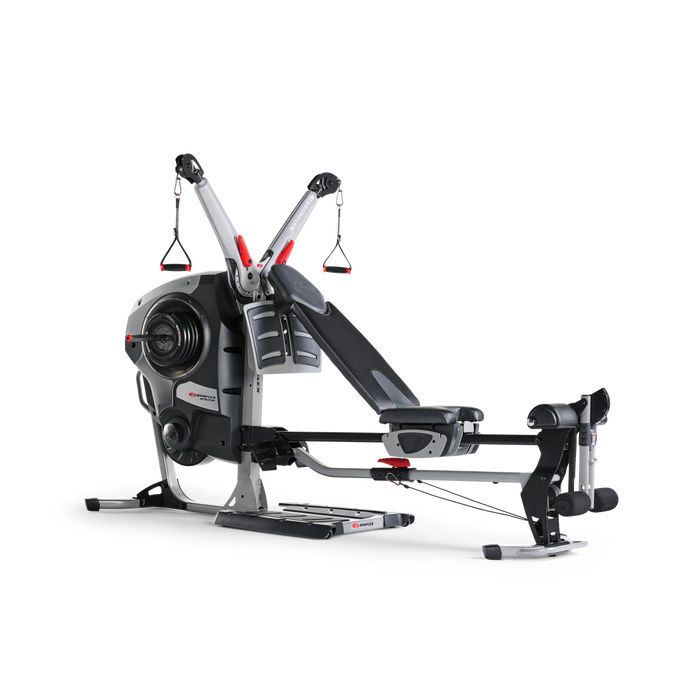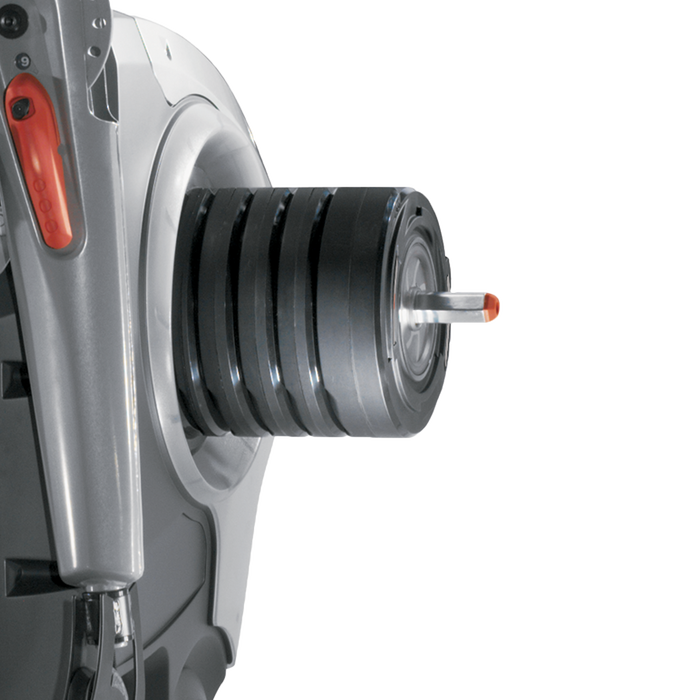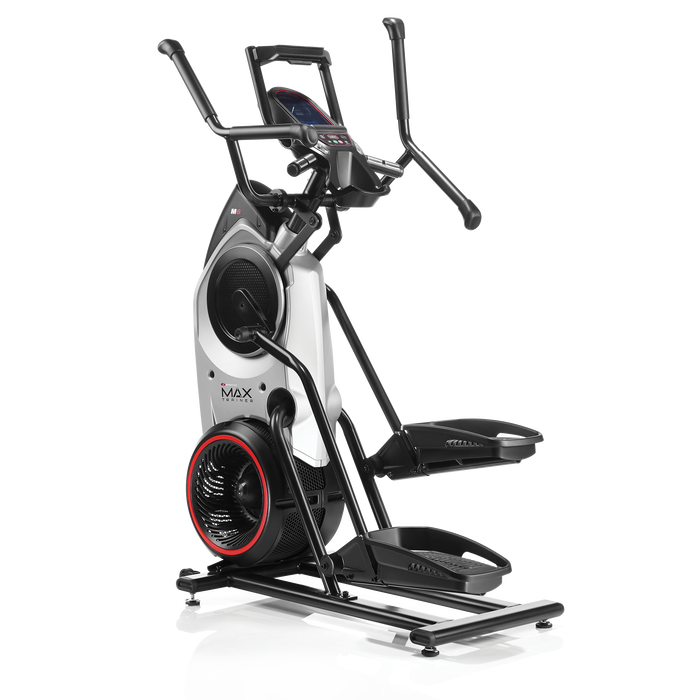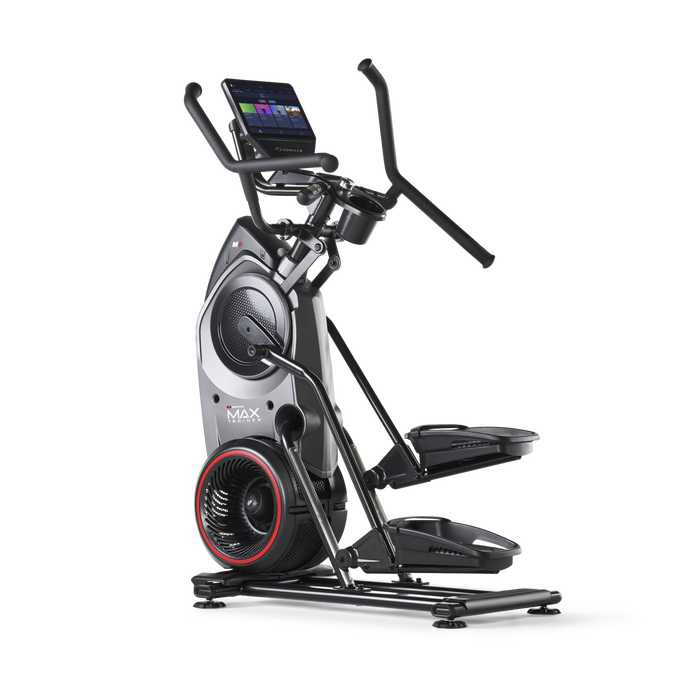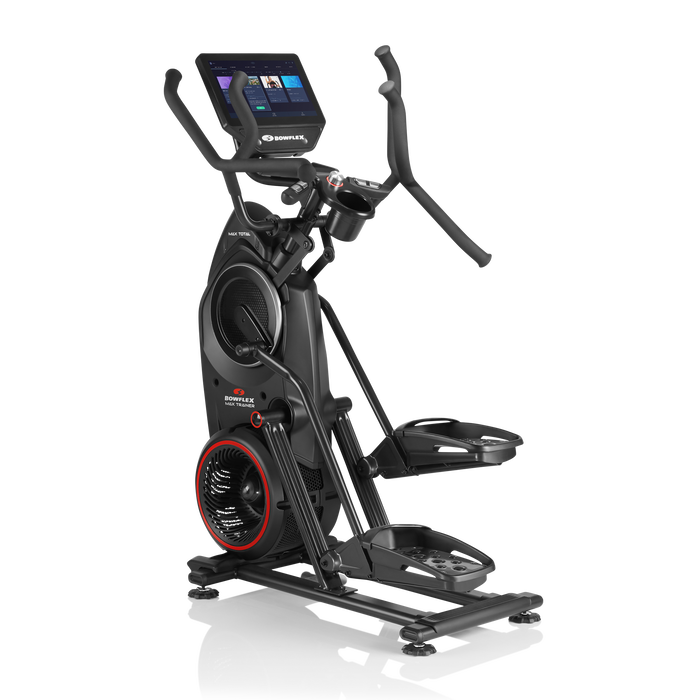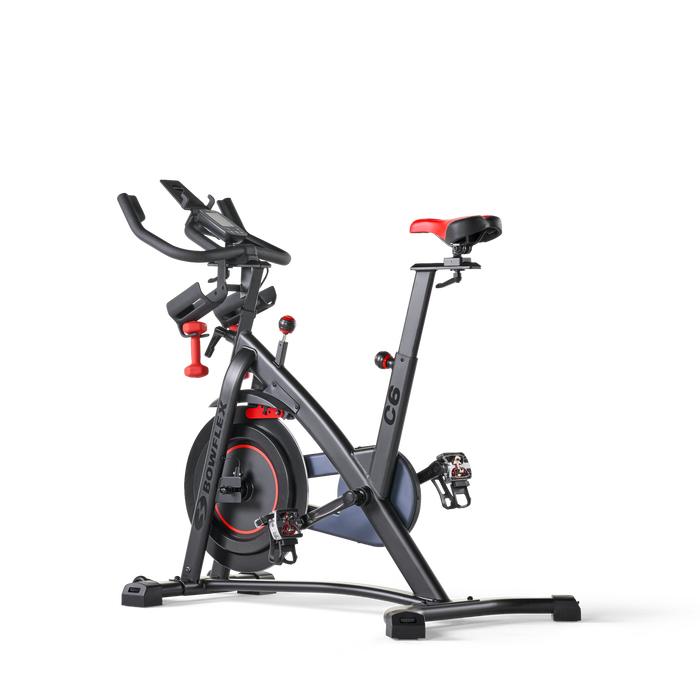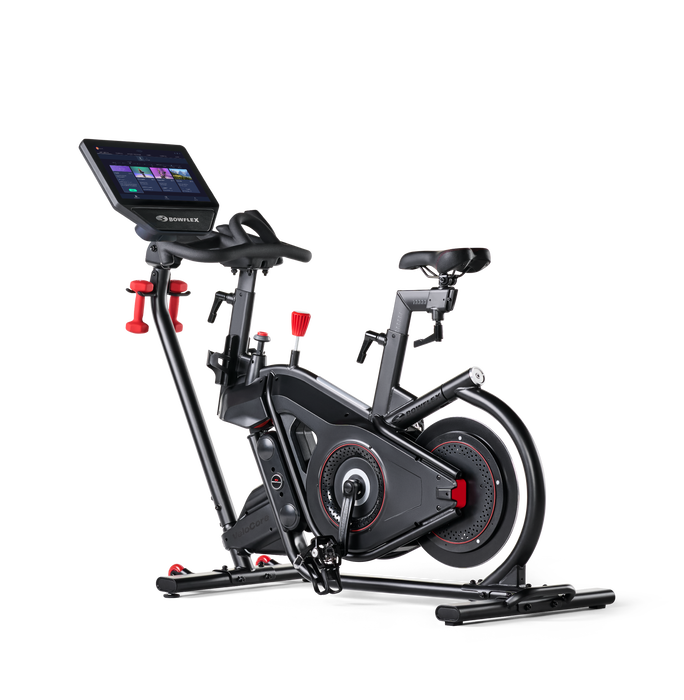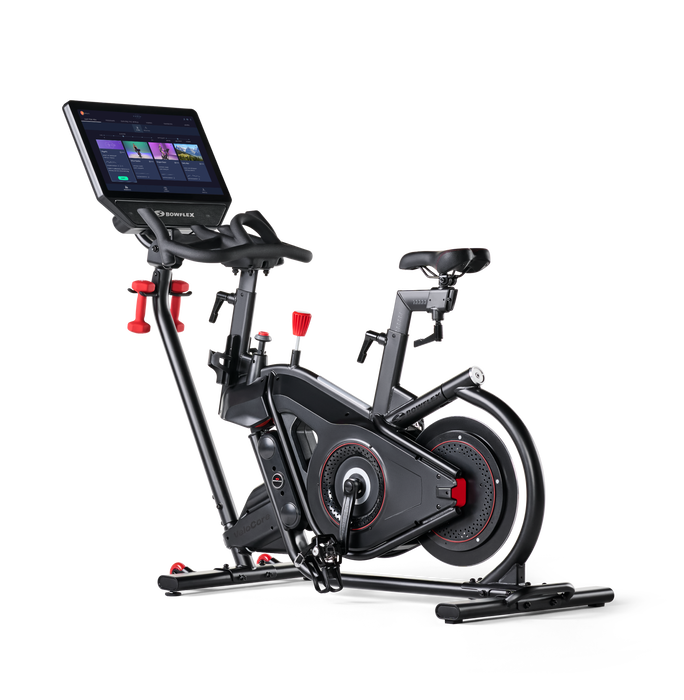How to Train for an Obstacle Course Race

Have you ever heard of a Tough Mudder? How about a Spartan Race? More and more the answer to those questions is a resounding, yes. That's because mud runs and obstacle course races are all the rage, among athletes and non-exercisers alike.
If you're not familiar with this infamous fitness challenge, you can think of it as equal parts adventure race and military style challenge course. It's a muddy, rugged race akin to a 5K, except you'll be expected to compete with obstacles like barrier walls, monkey bars, rope climbs, water hazards and even electric shock.
Are you up for the challenge?
You don't have to be an elite athlete or avid exerciser to take on an obstacle course race. Once the 5K was the entry-level challenge. Nowadays, more first-time exercisers are electing to become rookie racers. That's because some races are more a party than a competition. Others are grueling, day-long tests of fitness and will power. The trick is finding the race that's best for you. A simple Internet search will reveal the various options. Then, the rest of this article will help you get in tip-top shape for whichever race you choose.
Game on
Training for an obstacle course race begins like preparing for most other sports or competitions – you have to establish a foundation of fitness. In this case, the focus is cardiovascular fitness, at least at first.
Running is at the core of a Spartan Race or Tough Mudder. Which means you should be able to run three to five miles without stopping. If the thought of running gives you cause for concern, start by walking. In time, you'll be able to switch between walking and jogging. Next comes jogging and running. And eventually running will become your baseline.
If running isn't a problem, it's time to include some interval training into your cardio mix. Sprints and hill climbs should make up the majority of your training runs.
Shape up
With a handle on cardio conditioning, it's time to turn your attention to strength training. But – and this is important – we're not referring to the same type of weight training used by bodybuilders or powerlifters. They want bulk and size; you need lean, functional muscle. Throughout the race, you'll be expected to move your own body weight up, over, around and through various obstacles. Extra mass and big muscles will hinder your progress; they won't help. With that in mind, aim to improve relative strength, or your strength-to-weight ratio.
When attempting to accomplish this goal, body weight exercises are best. Begin with moves like pushups, pull-ups, triceps dips, squats and lunges. Once you master these moves, begin to use free weights to complete compound exercises like the back squat, deadlift and overhead press.
Race ready
After establishing a cardio base and building relative strength, you'll be fit like never before. Truth is, you could probably take on most beginner obstacle races with ease. But, there's still some room for improvement – especially if you're eyeing up a more extreme challenge. So, if you want to take your training to a new level, it's time to turn your attention to race-specific skills.
When it comes to obstacle racing, traditional training routines won't get the job done. That's because obstacle races don't take place in a straight line. The course won't be paved. It won't be a leisurely jog. It will be a mix of starting and stopping and running with tests of strength placed along the way. With this knowledge, you should look to create training sessions that mimic what you'll encounter on race day. It's a good idea to complete interval workouts that combine strength and cardio into one hybrid workout.
Be sure to include exercises like the kettlebell swing, box jump and rope climb into your training plan. You'll also want to become acquainted with the burpee, or squat thrust. Making an effort to hit the monkey bars will also be a huge help. It's almost a guarantee you will be confronted by this test of upper body strength during the race.
All in all, when your strength and cardio training come together, you'll be prepared to dominate any obstacle on your way to the finish line.

